This is a great chapter guys! But in all, if you are reading along with us, the advantages and rationale for small groups is really preaching to the choir! We know that we cannot meet the needs of all of our students in the whole group. What is important to take away, in my opinion, is the emphasis on flexibility in forming groups. Teachers have an added challenge in grouping students in math, however. Unlike reading, grouping can change from day-to-day depending on how well a student grasps new concepts. Therefore, teachers need to have an arsenal of assessment methods!
Let's look at the questions posed at the end of the chapter.
Let's look at some areas where we can collect data to help us create our small groups.
Perhaps your math curriculum has some assessments that will give you an idea of where your students are at the beginning. However, once the unit has begun, the teacher needs to continually monitor as the strand progresses.
Performance with Previous Sequential Concepts
Broader concepts will lay groundwork that builds upon the next. At these times, knowing how your students performed previously could be a beginning point without using a formal pre-assessment.
Formative Tests
I use these quite frequently in my classroom. These quick evaluations can be administered at any given time. I will often pose a question to display at the beginning or end of the lesson. Students will respond on a Post-It. They will then post the sticky on their classroom number. I made this one from chart paper and clip art. Not terribly fancy, but it works for me! On days when I don't meet with formal groups, the kids take their online Envision Quiz and report their score on a Post-it. Those that score 2 out of 5 will see me right away, and we have a quick remedial session while others work independently.
Performance Tasks
I will have to admit that I've used Envision Math for two years, and I have skimmed past the Performance Assessment task at the end of the topic up until this past winter. With time pressures to move ahead, it just seemed fine to use what we could put in a grade book. Thinking of the fallout for grading something worth 20 points per question seemed like a nightmare! This fall, our district is moving towards a Standards-Based Report Card. Giving assessments that have 5 questions are no longer deemed "not enough" now. They are valuable pieces of information. Additionally, it will really help drive my small group instruction more efficiently. I want to give a shout-out to what our team has purchased that will give information "as we go". We liked the open-ended nature of the assessments and that they were more performance based. I love, LOVE Blair Turner's work. As much as I enjoy creating projects tailored for my needs, she is one of my "Go-To" places when I need something! We will be using a combination of both for daily assessments. I really love that each page covers ONE tiny part of the standard---not the whole thing. These will be perfect!
A key component here is record keeping. I can still remember random things from long ago, like the Greek Alphabet song from my college sorority days, but it isn't reasonable to keep all the tiny nuances that we notice in our heads. It needs to be organized and useful. Laney suggests keeping a notebook of some sort. You can make notes on post-its and transfer the data to help form your groups and design the lessons for these groups.
The grid paper and dot paper are readily available if you Google it. I have created an open number line document that you are welcome to save for yourself. Keeping half sheets of each of these at your table stations and as "options" in your small groups will encourage using multiple ways to problem solve. As part of your "prep time" for small groups, consider other models like these that might correlate with what you are teaching. It will save precious time while working with your students. I've watched kids make number lines, erase them, start over, erase, etc. If they are ready to go, the focus will be on the MATH!
Now, before I head off, I want to share a new blog that I'm going to start following! You might want to check them out as we take on this way of teaching in our classroom. The highlighted book on the page looks great and might be my next read!
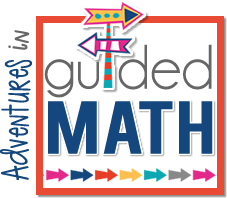
Be sure to check out all the other great posts!
By taking the time to create these flexible groups, our goal is to take each child where they are....and bring them to a level that demonstrates a deeper level of mastery. Gone are the days of watch me---now you do it THIS way. A small group provides the safe environment to take risks. The students pull out their arsenal of knowledge and strategies that have worked to apply in a new setting. These risks get immediate feedback rather than waiting for the teacher to monitor 20+ other students.
A final note I wanted to share was in preparing for our students, whether in whole or small group, is to provide multiple tools that will help them problem solve. Laney brings to attention that manipulatives can be time consuming to pass out in whole group, thus small group being a more ideal place to use them. I agree! This is the perfect setting to whip out the two-color counters, fraction bars, etc. But I also like the idea of students using paper models to help construct their thinking, too. At an inservice this year, it was suggested that we have multiple copies of ready for kids to grab during this exploration time. During the dreaded "standardized tests", explaining and illustrating your problem solving will not be with the use of real manipulatives. Some great ones would be:
Grid paper
I personally love grid paper to encourage place value structure. It's perfect for creating arrays, fraction models, you name it!
Dot Paper
Dot paper can used in a lot of the same ways as grid paper. Geometric shapes, arrays, partitioning fractions, etc.
Number Lines
Number lines are a new favorite for me. A sheet like this can be used for adding & subtracting, fraction models, equivalent fractions, etc.
It's GOODIE time! The weekly giveaway!
Now, before I head off, I want to share a new blog that I'm going to start following! You might want to check them out as we take on this way of teaching in our classroom. The highlighted book on the page looks great and might be my next read!















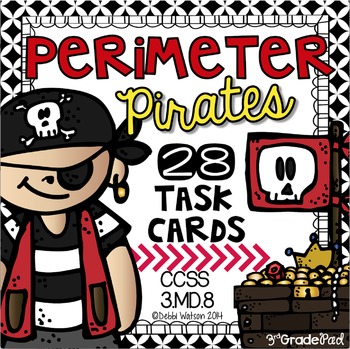
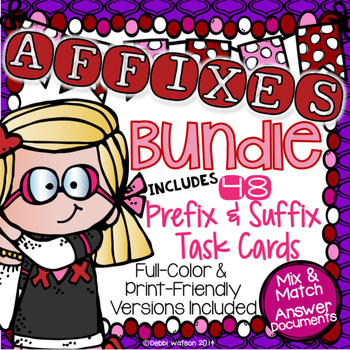
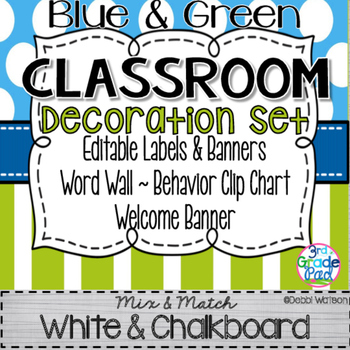
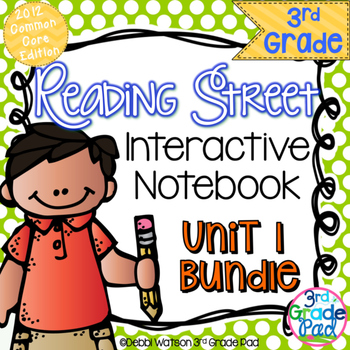
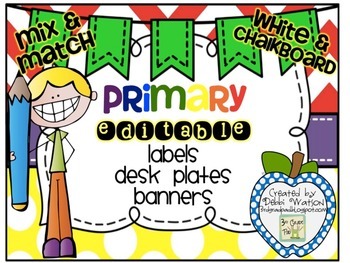
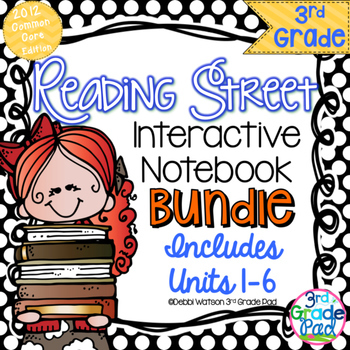
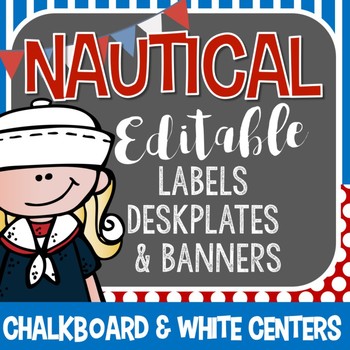
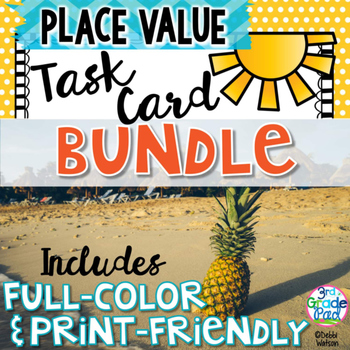
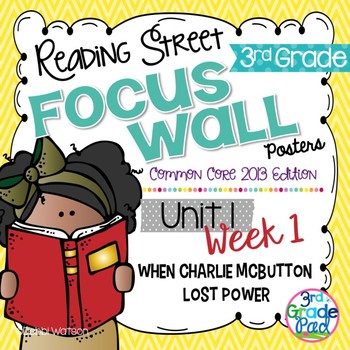
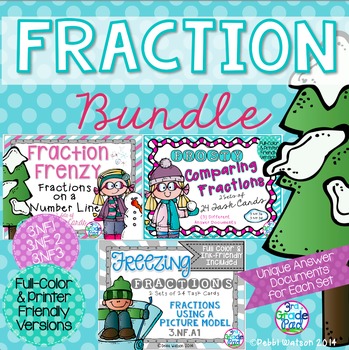




No comments